December 15, 2021 by Staff Report
WASHINGTON, D.C. | With a final 221-209 vote in the House, Congress approved raising the nation’s debt ceiling by $2.5 trillion late Dec. 14.
President Joe Biden is now set to sign the legislation that narrowly staved off the first-ever default.
The move gives the Treasury Department the ability to issue additional new debt until after the 2022 midterm elections. National officials said a potential default would have halted Social Security and veterans’ payments, hiked interest rates on mortgages and loans and disrupted the global economy.
With no GOP support in the Senate and just one Republican vote in the House, the Democrat-led measure came just hours before the Treasury Department’s Dec. 15 deadline.
Inflation has grown the fastest rate since 1982, rising to 6.8% for the year ending in November. The current debt load of $28.9 trillion has been accumulating for decades with major drivers including spending programs, such as Medicare and Social Security along with debt interest and recent pandemic relief packages.
U.S. Rep. Elise Stefanik with New York’s 21st Congressional District voted against the measure.
In an early morning statement following the final vote, Stefanik said “out-of-control spending has already led to historic inflation, which is a tax on every American.”
“Instead of working for solutions to this problem, Democrats are asking for permission to increase our debt while they continue to spend trillions more, leaving our future generations to foot the bill.”
Stefanik accused Democrats of raising the debt limit “to fund their own reckless spending” and said she refuses “to fuel their economic crisis even more.”
Late last week, the Congressional Budget Office released a financial report for President Biden’s Build Back Better Act, which would reportedly cost $4.9 trillion while adding more than $3 trillion to the national debt.
Read the full article here.





